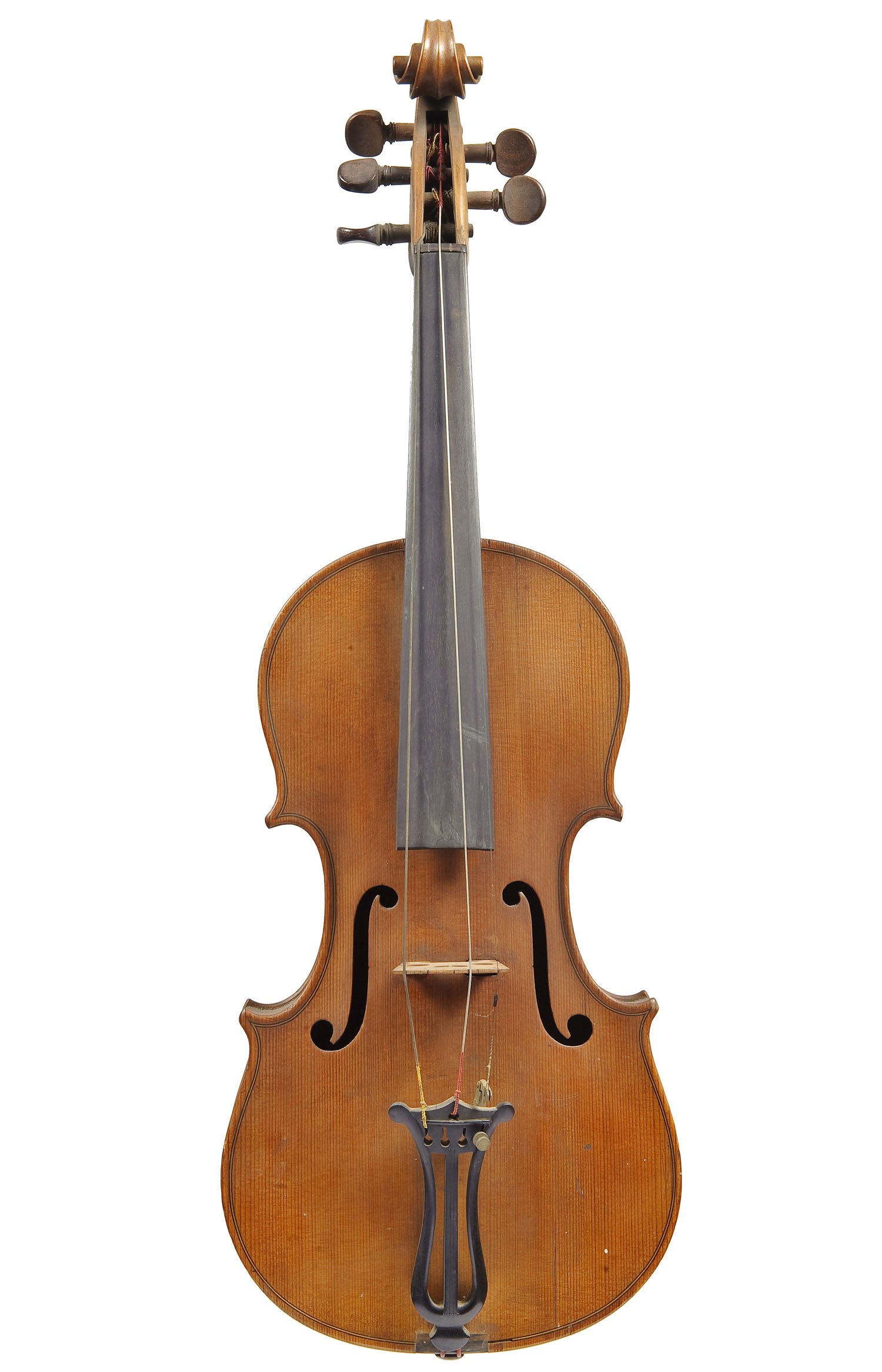

Within these rhythmic structures, musicians ( 1996.100.1) can create their own rhythmic patterns building off the compositional styles of others. Likewise, tala is a system of rhythmic structures based on the combination of stressed and unstressed beats.

Ragas form a set of rules and patterns around which a musician can create his or her unique performance. Thanks to his easy explanations, detailed research, and demonstration on the subject of intonation, his class was filled with string players from all over the world who felt the subject had been demystified for them.The music of the Indian subcontinent is usually divided into two major traditions of classical music: Hindustani music of North India and Karnatak music of South India, although many regions of India also have their own musical traditions that are independent of these.īoth Hindustani and Karnatak music use the system of ragas-sets of pitches and small motives for melody construction-and tala for rhythm. His observations and the time he took as the external expert on my PhD in turn were selfless and tireless. ’His PhD, submitted to the Tasmanian Conservatorium of Music in 1988 on the origins and evolution of the European schools of violin playing foreshadowed his later interests in playing styles and in particular, execution of works by Bach and Paganini for solo violin. ’Philippe’s fascination with all things violin originally drew me, and many other violinists and scholars, to him,’ said Gwendolyn Masin, violinist and director of The Exhale, a holistic retreat for musicians at which Borer offered a course on violin intonation. He embarked on further studies in Greek and Sanskrit from 2011 to 2016. His research in tuning systems and violin intonation led to the creation of the ’Violin Slide-Rule’ for the calculation and the visualisation of musical intervals. Borer was a member of the Swiss Pedagogical Society, working alongside Russian, French, English, Italian, Austrian and Australian musicologists and was considered an authority on Paganini and Bach.Īs an author, his publications include The Twenty-Four Caprices of Niccolò Paganini: their significance for the history of violin playing and the music of the Romantic era (1997) and La Pagina e l’Archetto: historical-technical violin bibliography and studies carried out on Niccolò Paganini (2003).
#SINGLE STRING VIOLIN HOW TO#
Read: Ask the Experts: how to help a beginner pupil with intonation issuesįrom 2007, Borer conducted masterclasses on violin intonation at institutions including Novgorod State University, the Mozarteum Salzburg and the University of Alberta. Read: Cellist Pablo Casals on expressive intonation His polyphonic repertoire comprised works by Marini, Westhoff, Bach, Paganini and Michael Bach Bachtischa. In addition to his violin playing, Borer was a musicologist, carrying out research in the field of violin pedagogy. From 1998 he performed with a curved bow which allowed him to play on single or multiple strings simultaneously. In 2016 he formed a violin and piano duo with French pianist Jean-Claude Frey. He recorded contemporary music for violin and viola, premiering works by Don Kay, Jean-Frédéric Perrenoud and John Michet. He has held various positions as member of orchestras and chamber ensembles in Switzerland, Italy and Australia. He had fallen ill to cancer and a funeral was held in Neuchâtel in the presence of a small circle of friends.īorn in 1955, pursued his violin studies with Max Rostal, Ruggiero Ricci and Jan Sedivka. Swiss-Italian violinist Phillipe Borer died in June 2023, aged 68. Violinist Philippe Borer © Joelle Nublat, private collection, CC BY-SA 4.0


 0 kommentar(er)
0 kommentar(er)
